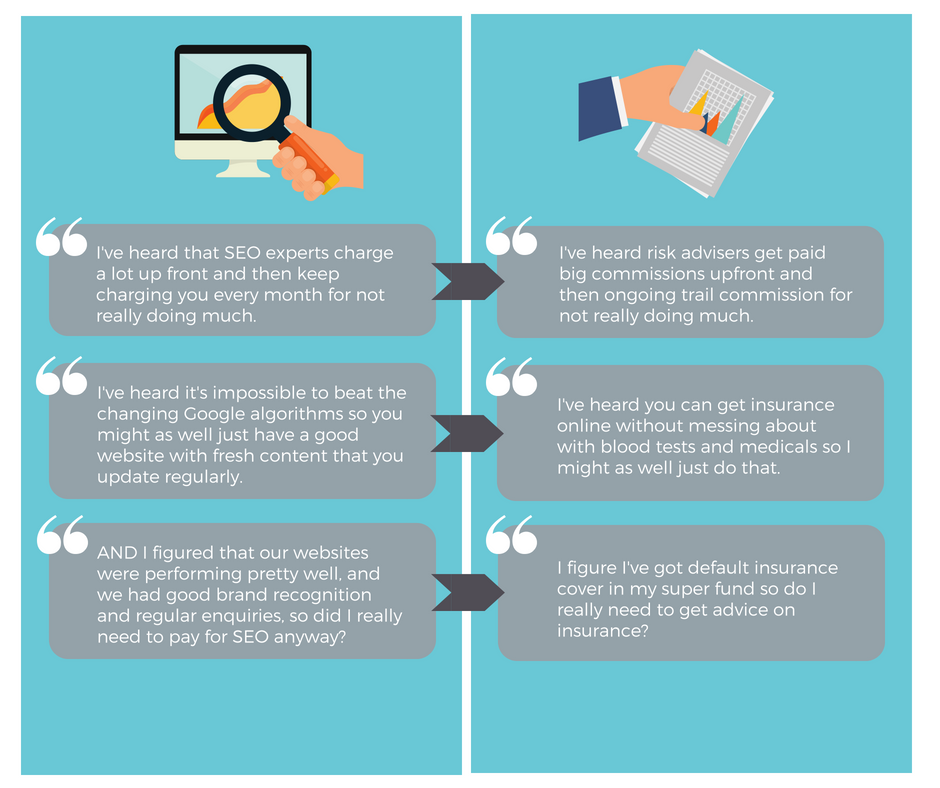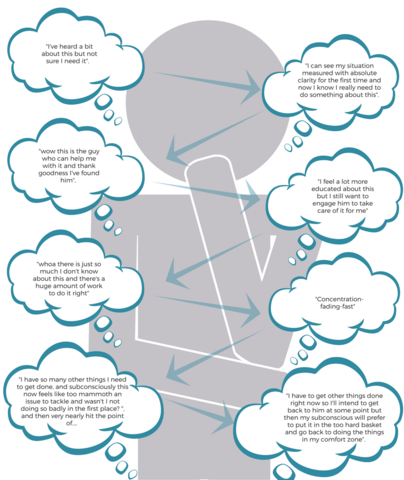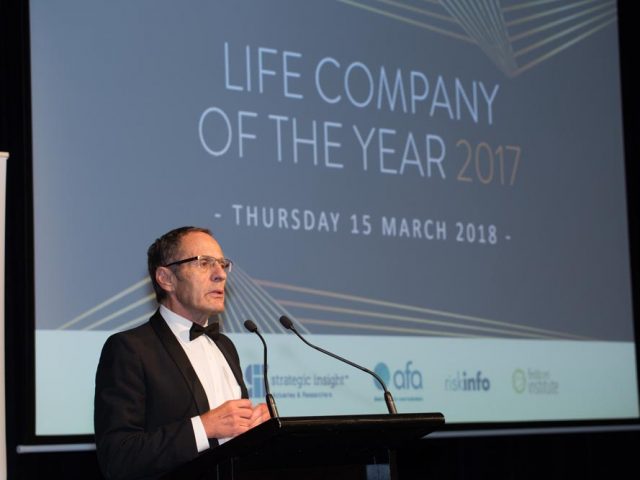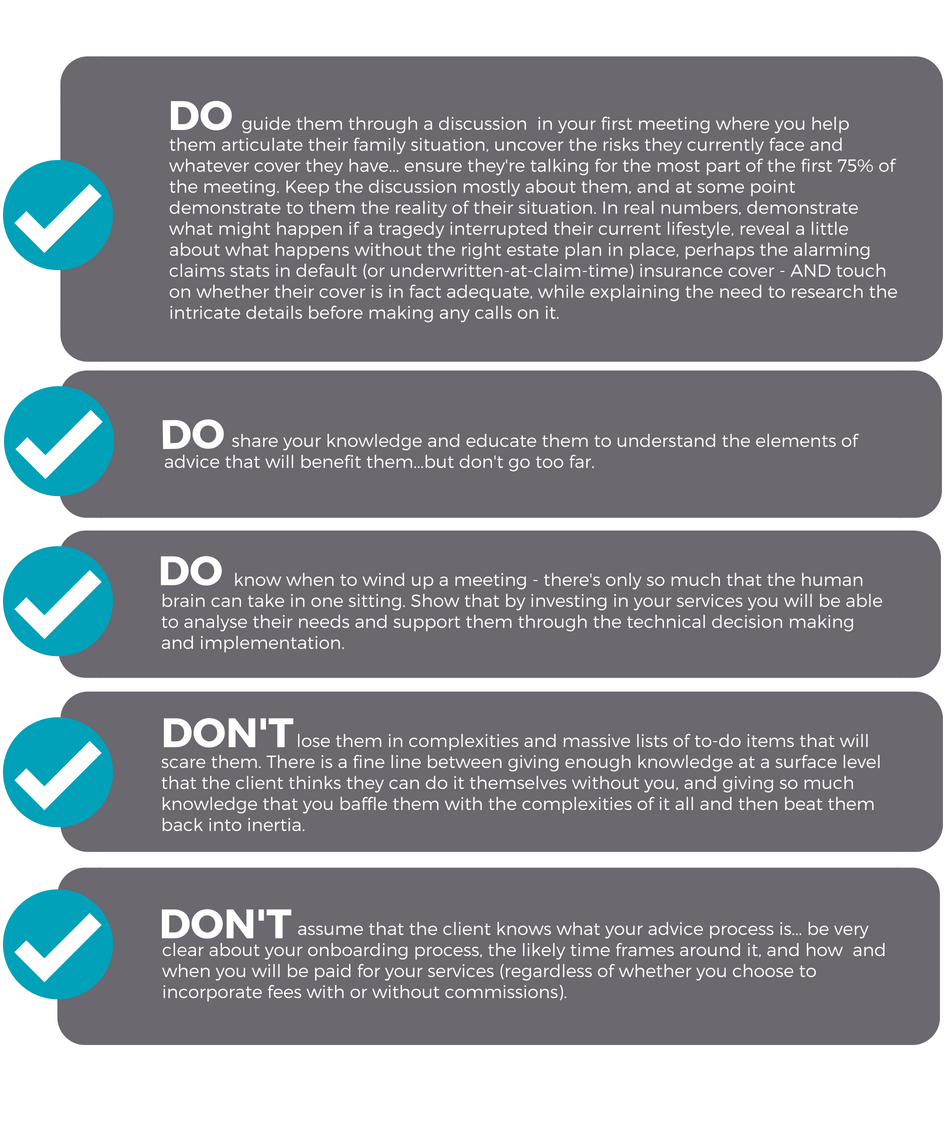Potential clients will assume that as an adviser you have the skills and knowledge to meet their needs, and you know how to communicate that information to them.
But do you know when to stop talking, confident that what you have presented is enough to engage the client and bring them on board?
In this article, Sue Viskovic from Elixir Consulting reminds advisers that too much information is unlikely to convince clients just as much as too little.
Sue provides some pointers on what to say, when to say it and when to leave it unsaid for the next meeting.
I’ve been thinking about a session I had with an incredibly talented professional recently, and reflecting on how easy it can be to lose a prospective client. I can’t help but draw parallels with some client experiences we’ve seen in advice businesses, where there is in fact a technical service being provided in an area where a little knowledge can be dangerous. I’ve written before about the importance of educating your clients, but there’s a limit to how much knowledge you share, and the timing with which you share it.
SEO. Search Engine Optimisation
I know of the term SEO and what it is supposed to do for you (get your website on page 1 of Google searches), but until recently I hadn’t invested a great deal of effort or focus on it.
How does this compare to risk advice I hear you thinking? Well, like your potential clients, I had a few thoughts already in my head about this particular service, but I wasn’t totally convinced about it. The similarities are uncanny – kind of like:

And, so it happened that through our co-working space, I met an expert in SEO and sat down to discuss it with him. In part, for our own website, and also so I could learn more about it to assist our advisers.
I made it clear that I felt it’s important to be able to measure (and achieve) tangible results – a rule I’ve always held for any spend in marketing. I was also wary of the ‘black magic’ that is the Google algorithms, and the potential for people to be sucked in with promises from a provider who uses jargon and smoke and mirrors to pretend they have the ability to manipulate something that cannot be controlled.
After the initial ‘high-level’ chats, we discussed my website assets, and what I was wanting to achieve from them. Take a look at my thought process below and think about how a risk client could follow something similar when they’ve been referred to your services but they’re still not entirely convinced that they need them.

Through this exercise, my thinking quickly went from
- “This is a thing I’ve heard about but we’re doing okay on our own”, to
- “Actually there’s a lot I don’t know and maybe I need to get some help with it”, to
- “Now I can see that my situation isn’t set up perfectly, and I can see it’d be worth getting help”.
As I spoke with my SEO guru it became quickly apparent that he knew an awful lot about the subject and while he was incredibly generous in sharing a lot of his knowledge with me, I got the sense that I was still barely scratching the surface of his knowledge – my thinking turned to “he is the guru and I want to access his expertise”.
Then as he shared more and more, my eyes started to glaze over, and I knew I was in unchartered waters – I knew that he knew the terrain but I was way out of my depth. The more he talked the more disconnected I felt…
When I consider this process, there were two fundamental challenges…. he kept talking long after I had ’emotionally bought’ his skill and expertise, so he very nearly talked himself out of an engagement; and he had no clearly defined way that I could engage him – no defined process we might follow and no price point or quote.
Since there was no clear path in how I could engage him, ie: “I will take you through the following steps and my fee will be $x”, I was the one who had to think about what I could get him to do first and how I could engage him, as well as considering if the ROI would be worth the exercise.
So…. how can you as an adviser get the first four thoughts and engage the client before their eyes glaze over and their anxiety levels paralyse them into inaction and sticking with their status quo? If you can tick these boxes, you’ll be doing okay:
In the end, I was able to find a way that I could engage my SEO guru friend, and he has been tremendously helpful for us. When I think about how close he came to talking me out of doing business with him, I reflect on how many advisers have also lost the opportunity to change the lives of their potential clients.
The art of winning new clients lies in the process you take them through, the ability to motivate them with an emotional connection and to educate them just enough to realise the importance of getting it right – and to trust you’re the person who can help them.
Your success with winning and keeping new clients relies upon not only what you say to them, but also in knowing when to stop saying anything at all.
Our consultants are more than happy to assist you with improving your art if you’d like help; there’s also a handy flowchart that you can use when engaging your insurance clients on our website.

In Practice Management, Elixir Consulting shares strategies for building better advice businesses.
Sue Viskovic is the founder of national consulting business Elixir Consulting; a popular speaker; a business coach; and author of a number of books and programs designed for advisers.
An award-winning advocate for financial and risk advice and small business, Sue’s most recent achievements include her latest book Worth Paying For, which has become a lifeline for many advisers impacted by the LIF, and the fourth edition of the Adviser Pricing Models Research Report
Contact or follow the author: Website | Email | Twitter | Facebook | YouTube











